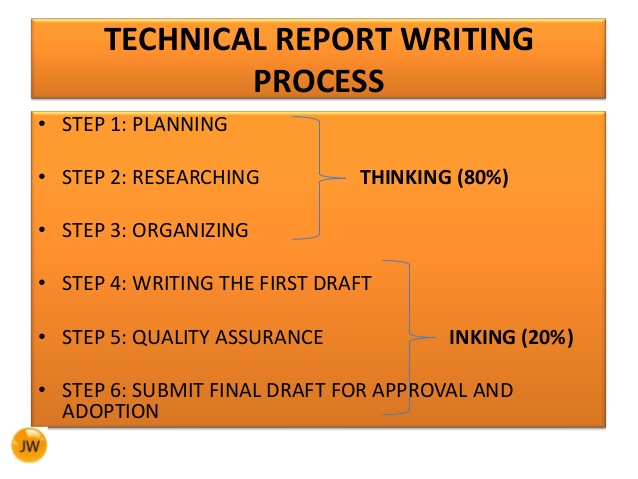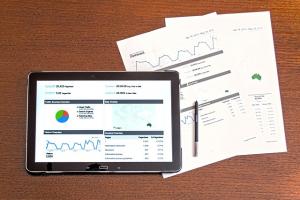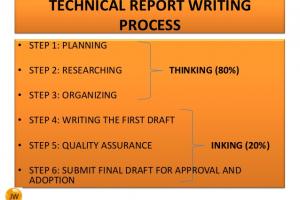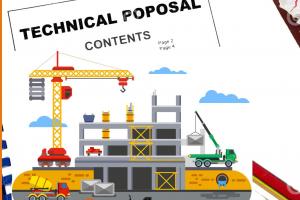Writing Small Dam Project Inception Report

Writing Small Dam Project Inception Report
1. Introduction
This is the foremost part of the report and hence a summary of the whole project, its clients, funding and the team working on it should be provided here very briefly. This introduction may also contain background of the inception report, who created it, using what tools, information and sources and the limitations (if any) of this report.
2. Project Background
It is the key section of the report which explains why the project is needed and what is its expected impact on the area. It is also of importance to discuss here about the pre requisites of the projects and its expected results. Discuss here what the project is about, where it is getting the funding from, how it came into being and what progress (if any) has been achieved on the project till date.
3. Project Description
It contains a detailed account of the goals and objectives of a project and the implementation methods, approaches and mechanism to achieve those goals. It also identifies the different stakeholders of the project.
4. Project Location for Small Dam
Every geographic location has different characteristics and properties which in turn affects the feasibility and implementation of the project and its activities. This section includes a narrative on the geographical location of the project, the surroundings physical features, other similar or relevant projects nearby, accessibility to the project site, coordinates of the area, climate, hazard profile of the region and other relevant geo-spatial information. A map of the area showing the location of the project site will also make things easier to understand for the readers of the report.
5. Implementation Arrangement
This section describes the responsibilities of all the stakeholders of the project. It defines the roles of each stakeholder such as who is the client, who will fund the project, who will execute it and who will monitor/supervise the project. This definition of roles helps in smooth running of the project.
6. Scope of Consultancy Services
It includes the definition of the range of responsibilities of the consultant. It includes the review of the feasibility study, preparation of tender documents, review contractor’s drawings/designs/data, supervision of construction, mobilization of staff, data collection, data verification etc.
7. Preliminary Assessment of Previous Studies
This section is dedicated to a study, assessment and evaluation of any previous studies/reports conducted on the project. It evaluates the limitations of the study and check if the results are still applicable or not. This section also takes into account the previous analysis performed (for instance sediment analysis, seismic analysis, availability of proposed construction materials, geotechnical investigations, resettlement plans etc.) during the studies and provides recommendations on whether any more or in-depth analysis is required or not.
8. Site Visits
Site visits are a crucial part of understanding the project and making decisions that are based on ground realities. It also helps in identification of the steps required to solve conflicting issues in the project. All of the site visits should be fully documented and reported here with details such as has any site visits been conducted, what was the purpose of the visits, which technical experts were on the visit, what studies did they conduct. Each study can be defined under separate heads later in the report, including the team of the study, purpose, date, their findings, conclusions, recommendations and challenges. Examples of a few field studies can be as follows:
- Reconnaissance site visit
- Geological/geotechnical data collection
- Resettlement planning
- Environmental study
- Study on social issues regarding the project etc.
a. Access Conditions to Micro Hydel Project
The site visits would have enabled the team to know about the accessibility of the project area. Here is an opportunity to state how the access conditions to the project site are, what roads to take, what are the alternatives routes, what are the pros and cons of each route and what mode of transportation is suited for the journey?
b. Reconnaissance Site Visit
Following the Desk Study, detailed, accurate and latest information can be gained through site reconnaissance, this involves a visit to the site for inspection.
i. Objectives of Reconnaissance Visit
Reconnaissance can provide information on the following areas of the project
- Terrain and Slopes
- Site Geology
- Surface Water (Ponds And Streams) And Erosion Features
- Groundwater
- Site Access
- Condition of Existing Structures
- Existence of Grave Sites or Archaeological Features
ii. Participants
A list of the team goes here, with their qualification, experience and designation.
iii. Findings of Reconnaissance Visit
9. Project Alternative Layouts
There can be many possible alternatives to the current project design. A number of alternatives should also be sorted out so that the best design with the least cost can be selected. For this purpose, all the alternatives available should be discussed in detail separately. Some criteria for the selection and differentiation of project alternatives should be sorted out, for instance as below:
Criteria for identification of possible layouts like:
- In the same locality
- Less environmental impacts
- Favorable climatic or hydrological conditions
- Favorable in terms of cost, accessibility, construction etc.
a. Possible Project Alternatives
Discuss each alternative in the light of the above mentioned criteria (or your own criteria) and explain briefly how each one will be built/constructed.
i. ALTERNATIVE-01
ii. ALTERNATIVE-02
iii. ALTERNATIVE-03
b. Conclusions
List the pros and cons of each alternative.
c. Recommendations
Select one or two final designs based on the criteria for selection of the best project design. Also list any additional studies or resources required for help in choosing the best alternative or for furthering the work in the selected project design.
10. Approach and Methodology
a. Project Understanding
This is arguably the most important section in the report, as the content of this section will show how much the author of this inception report has understood the project and what ways and line of action will be adopted for the efficient implementation of the project activities. It can be started from providing general project information, capacity, pros, client info, funding sources, duration completion etc. and the working mechanism for execution of the design.
b. Approach
The approach and methodology should be based on the RFP (Request for Proposal) by the client at the start of the project along with the firm’s own experience and exposure to similar projects. The firm should start explaining its approach by list the team it has gathered to work on the project. Then, it should go on to explain its approach towards various activities of the project like planning, designing, procurement, hiring, construction, monitoring, evaluation etc.
c. Team Composition
Add a table for the team having their names, qualification, experience, designation in the project.
d. Coordination / Information Exchange
Define ways and mechanisms that will be used for information exchange, communication, financial and progress reporting, equipment (hardware and software) to be used, field or branch offices established, if any regarding the project.
e. Methodology
Use this section to set out exactly what you plan to do. Methodology section should describe all the steps to be taken for implementing the project. These steps range from the inception of the project to the evaluation of the project after it has been completed. All the previous as well as future steps should be listed here. Remember the following points when writing methodology:
- Explain what methods will be used to run/implement project activities in a timely and budget efficient method?
- What research methods will be used to collect the required information and why?
- What tests/studies will you conduct?
- What tasks are to be performed and who will perform it?
f. Construction
The construction phase may be divided into a single or more than one phases, with each phase defined separately.
i. Pre-Construction Stage
Explain the following headings (increase or decrease as per the requirement of the project):
- Review of Feasibility Study and other Available Data
- Facilities Planning and Design – Access Road
- Preparation of Tender Documents
- General Conditions of Contract
- Guidelines for Performance
- Specifications for Civil Works & Electro-Mechanical Equipment
- Conceptual Drawings
- Schedule for EPC Submittals
- Evaluation of EPC Tenderer’s Proposals
- Contract Negotiation and Award of Contract
ii. Construction Stage
Engineering
- Review of Selected EPC Contractor’s Design
- Hydrological and Sedimentation Aspects
- Geological Aspects
- Geo-technical Aspects
- Seismic Risk Analysis
- Hydraulic Design
- Civil Design Aspects
- Hydro-Mechanical and Steel Structure Design
- Turbines
- Gates
- Penstock / Siphon
- Cranes
- Dewatering System
- Cooling and Service Water Systems
- Ventilation and Air Conditioning Systems
- Electrical Equipment Design
- Main Generators with Ancillaries
- Set-up Transformers
- Switch Yard
- Stand by Generator
- Station Service Power System
- Transmission Lines
- Drawings, Technical Specifications BOQ and Cost Estimates
- Operation and Maintenance Manuals
- Facilities Planning And Design – Colony & Infrastructure
Procurement
- Construction Management
- Review of Project Construction Schedule
- Review of Environmental, Social and Resettlement Aspects
- Co-ordination Meetings
Quality Assurance
- Health and Safety
- Risk Management Strategy
Quality Control
- Witnessing of Testing and Commissioning Activities
- Variation Orders, Claims And Settlement Of Disputes
Reporting
- Inception Report
- Feasibility Study Review Report
- Monthly Progress Report
- Quarterly Report, Annual Report, Financial Analysis Report, Project Completion Report
11. Activity Schedule and Staffing Plan
-
- Proposed activity schedule, staffing schedule
- Estimated monthly billing rate
- General










